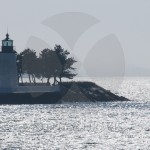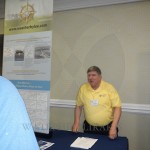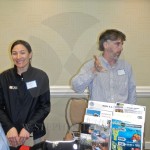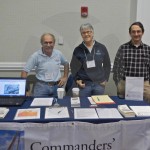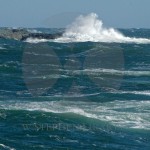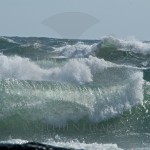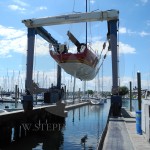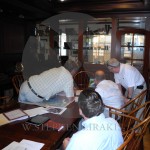ABU DHABI is at the front of the pack! See you all when I return from the Block Island race.
Tag: weather
GIVING THANKS
If ever there was an example of how connected we are in the world, not since Chernobyl have consequences beyond one’s control have had such an impact. The debris field resulting from the tsunami in Japan heading across the Pacific Ocean towards our west coast. No one wants to talk a solution, if there is one,as it would likely be so costly it is difficult to discuss.
On a much lighter note, Memorial Day weekend is almost here and that means the Block Island Race for many. the weather should be very nice for those staying ashore and a puzzle for those of us racing.
GLOBAL WARMING?
I cannot confirm that we are experiencing global warming, but I can tell you something is happening. Last summer’s transatlantic race sailing through the Azores high that had expanded to cover the entire north atlantic, unusual at best. A virtually snowless winter here in the northeast and really quite warm. And Spring is here, six weeks early.
It is difficult to imagine that the growing population and continued use of fossil fuels is not having an impact.
BEING IN THE RIGHT PLACE
Today is St. Patrick’s Day, a big day in Newport with a parade and everyone wearing a grin. Tucked in a corner is the CCA’s Safety At Sea Seminar; typically held every March in Newport in preparation for the Bermuda Race.
We must remember this is a 4 day race, 6oo miles. Not really a long time; it does get you offshore away from land but not for long. I don’t need to attend as I qualified last year for the the transatlantic race, 3000 miles, and 16 days.
The way to win this race is being in the right place for weather and to maximize the benefit of the Gulf Stream. It is far more important than sailing fast. The people in the following pictures can help put you in the right place.
ANNIVERSARY OF THE BLIZZARD OF ’78
I was working in Providence, RI. I had driven to work like any morning, snow was threatening, but had not yet started. No sooner than I walked into the office, my boss came in and said :”fill your gas tank and go home now.” The snow started quickly and was thick and heavy in no time at all. I had to stop several times, under overpasses to clear the windshield as the wipers could not keep up with the accumulation. I made it back to Newport and once the snow stopped I shoveled out but there was not much point as most of the roads remained unplowed for some time.
I will never know for certain, but I felt like I was one of the only cars to escape providence; particularly when you see the photos of the highway after the blizzard of ’78.
PUNXSUTAWNEY PHIL SEES 6 MORE WEEKS OF WINTER
Groundhog Day 2012: Punxsutawney Phil sees shadow, 6 more weeks of winter

Groundhog Punxsutawney Phil. (Groundhog.org)At 7:25 a.m. this morning, amidst mostly cloudy skies, and temperatures in the low 30s, Groundhog Phil saw his shadow in the little town of Punxsutawney, Pa.
According to folklore, Phil’s sighting of his own shadow means there will be 6 more weeks of winter. Had Phil not seen his shadow, it would have meant “there will be an early spring.”
If Phil’s forecast is right, it signals a dramatic reversal from the mild weather pattern affecting much of the country. Many parts of the central and eastern U.S. have seen temperatures 20 to 30 degrees above normal in recent days. On February 1, just 19% of the Lower 48 had snow cover compared to 52% at this time last year.
Historic odds heavily favor a forecast for winter to last deep into March. Since the Groundhog’s first prediction in 1887, Phil has seen his shadow 99 times and failed to spot it just 16 times. There are 9 missing years in the record, but Phil has issued an forecast without exception.
But just how accurate is the prognosticator of prognosticators?
A FALL DAY IN NEWPORT
This morning you could feel the change in the weather; the changeover to fall. A wonderful clear day with great billowing clouds and plenty of wind. To view more images go HERE.
CHICAGO-MACKINAC RACE WEATHER REVIEW
Here is a carefully written review of the events and weather conditions that led to the loss of life during the recent Chicago-Mackinac race. ( and quickly done )
2011 Chicago-Mackinac Race: A Meteorological Summary
Mark A. Thornton
A Long Tradition The Chicago Yacht Club sponsored the first sailboat race to Mackinac Island, Michigan, in 1898, earning it the distinction as the oldest freshwater race in the world. Over the next twenty-three years, the race was held sporadically and the course altered due to a variety of circumstances, including a hiatus prompted by World War I. But since 1921, the Chicago-Mackinac race, and its current course, has been an annual tradition.
Expanding from its humble origins, participation has grown from five yachts in 1898 to 355 in its 103rd running in 2011. The race’s long tradition, combined with the challenges of the course, has brought it world-wide attention with many international sailors among the 3,500 participants. A race with such a long tradition develops a very loyal following. The Island Goat Sailing Society was formed in 1959 by 10 sailors who had participated in at least 25 Chicago-Macs. Devotion to the race has swelled the membership in this elite group to nearly 300 members who have collectively spent nearly 10,000 hours competing.
The starting line for the nearly 300 nautical mile course is located near the mouth of the Chicago River. The shortest, but not necessarily the fastest, course takes the competitors northeast across Lake Michigan to the Michigan shore, past the Fox Islands and Beaver Island and under the majestic Mackinac Bridge to the finish line near Mackinac Island, Michigan. The size and speed of the boats vary considerably, but most competitors complete the journey in 30 to 70 hours. The record, set in 1998 by Steve Fossett aboard Stars and Stripes, was 18 hours, 50 minutes.
A 300-mile race is an obvious test of sailing skills and endurance. Weather conditions in the Great Lakes during the summer can be volatile, and many Chicago-Mac participants have experienced challenging conditions over the years. While a typical regatta can be delayed or cancelled in response to a threatening weather pattern, it is not feasible to abandon a long-distance race once it is underway. Observing the weather and managing the boat and crew in threatening conditions is simply part of the challenge. A historical summary of the race published by the Chicago Yacht Club sums up the race as follows; “Stripped down to its essence, the Mackinac event, like all sailboat racing, is still primarily a test of strength, endurance, strategy, willpower and a little sailor’s luck thrown in for good measure. And let’s not forget the dearest friend (and most menacing foe) of all sailors — the wind.”
Prior to 2011, not a single weather-related fatality had occurred in the race’s 103 year history. This extraordinary safety record ended when the participants encountered a strong storm system crossing the upper portion of Lake Michigan late on Sunday, July 17th. This paper provides a meteorological analysis of the initial development of the storms, their transition into an organized system, and their transit across the lake.
Note: In order to coordinate the narrative to events in Michigan and a variety of imagery, all times are presented in Eastern Daylight Saving Time (EDT) and Greenwich Mean Time (GMT). GMT will appear in parenthesis after Eastern Daylight Saving Time and will be followed by a ‘Z’.
FIRST HURRICANE OF THE SEASON
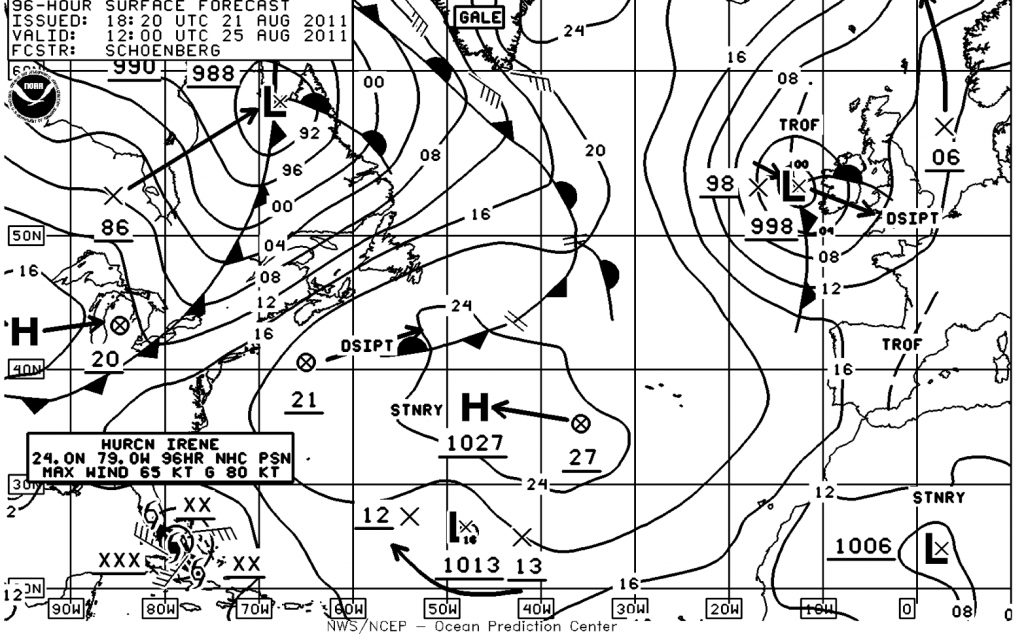
For those of us who live on the east coast, it is the time of year where we are looking over our shoulders. The season officially starts in June, but for the east coast the water temperature and weather systems are not established to guide the storms to us until near now. Really September and October are our danger zone. Hurricanes are apart of life for us, unfortunately. They seems to arrive just when the trees are most vulnerable; the foliage is full and heavy adding considerable surface area. The Midwest has tornado season, which is far more destructive. The power of the tornadoes dwarfs that of most hurricanes.
JUNE 27TH
We start on wednesday. My gear is loaded, I have been packed for longer than I care to admit. Snow Lion went back in the water today. Bottom faired and carefully wet sanded. I few details left which we will accomplish tomorrow; fuel, food, people.
We had a weather briefing this afternoon before the Perini Navi reception at Harbor Court. We have hope. A most pleasant evening overlooking Newport Harbor. If you look at the tracker, the first group is struggling with light air , headed in almost every point of the compass at some time.


